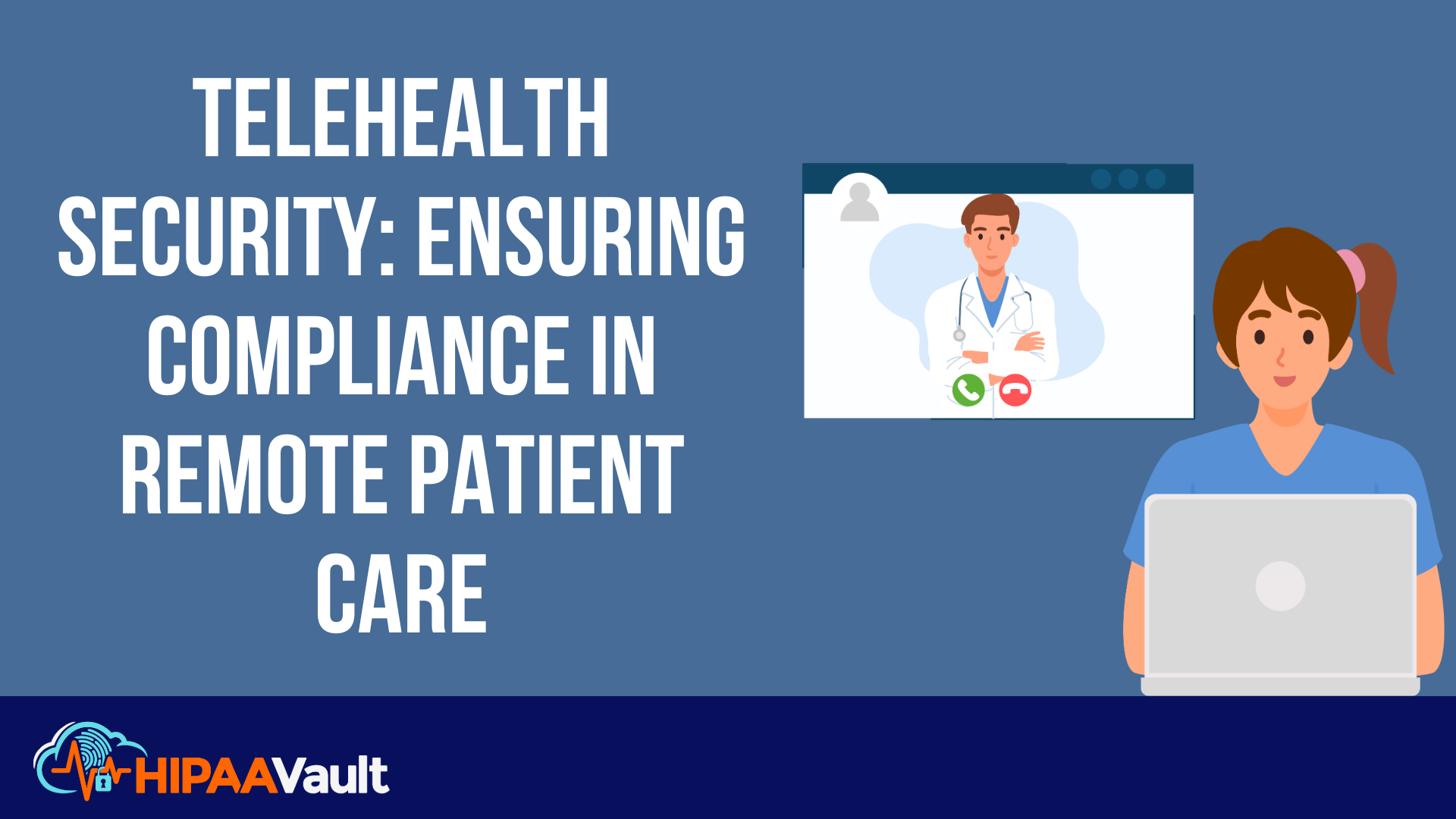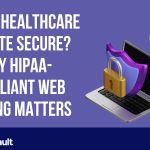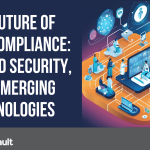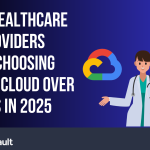
Introduction: Telehealth Adoption and Security Concerns
Telehealth has transformed healthcare, offering convenience and accessibility for both patients and providers. The ability to consult with healthcare professionals from the comfort of one’s home has been a game-changer, reducing travel time, increasing patient engagement, and expanding access to care. However, with increased adoption comes heightened security risks. Cyber threats, data breaches, and compliance violations pose significant challenges, making HIPAA compliance a top priority. Telehealth providers must ensure that their systems are secure, robust, and fully compliant with regulatory standards. This article explores key telehealth security requirements, common threats, and best practices for ensuring compliance.
1. HIPAA Requirements for Telehealth Platforms
The Health Insurance Portability and Accountability Act (HIPAA) mandates strict security measures to protect patient health information (PHI). Telehealth providers must ensure:
- End-to-End Encryption: All data transmission must be encrypted to prevent unauthorized access, ensuring that no external parties can intercept private conversations between patients and healthcare providers.
- Access Controls: Role-based access must be implemented to limit exposure of PHI to only authorized personnel, reducing the risk of internal data breaches.
- Secure Data Storage: Cloud or on-premises storage solutions must be HIPAA-compliant, incorporating strong encryption techniques and secure backup mechanisms to safeguard patient records.
- Business Associate Agreements (BAAs): Telehealth vendors handling PHI must sign BAAs to ensure they adhere to HIPAA regulations and share responsibility for compliance.
2. Common Security Threats in Telehealth
Data Interception
Unsecured video conferencing platforms are vulnerable to man-in-the-middle (MITM) attacks, where cybercriminals intercept PHI during transmission. Without proper encryption, patient data can be exposed, leading to potential regulatory violations and financial penalties.
Zoom Bombing
Unauthorized users infiltrating virtual healthcare sessions, commonly known as Zoom bombing, pose a major security risk. These disruptions not only compromise patient privacy but can also cause distress and undermine trust in telehealth platforms.
Phishing & Credential Theft
Hackers frequently target healthcare providers with sophisticated phishing scams, attempting to trick employees into revealing login credentials. Once access is gained, cybercriminals can exploit sensitive systems and exfiltrate patient data, leading to major breaches.
3. Secure Communication & Video Conferencing Best Practices
To mitigate security risks, healthcare providers should implement the following best practices:
- Use HIPAA-Compliant Video Platforms: Platforms like Google Meet (configured for HIPAA compliance) or Zoom for Healthcare provide encrypted communication channels.
- Enable Multi-Factor Authentication (MFA): MFA adds an extra layer of security by requiring two-step verification, significantly reducing the risk of unauthorized access.
- Restrict Meeting Access: Implement password-protected meetings, waiting rooms, and unique session IDs to ensure that only intended participants join telehealth appointments.
- Monitor & Audit Access Logs: Regularly reviewing system logs can help detect suspicious activity and prevent unauthorized access to sensitive patient information.
4. How HIPAA Vault Secures Telehealth Applications
HIPAA Vault specializes in HIPAA-compliant cloud hosting and cybersecurity solutions tailored for healthcare providers. Our secure hosting services include:
- 24/7/365 Managed Security Services: Real-time monitoring and rapid threat response to ensure patient data remains protected at all times.
- Encrypted Cloud Storage: Secure data storage solutions with access controls and automated backups to prevent data loss and unauthorized exposure.
- Penetration Testing & Vulnerability Scanning: Identifying and mitigating potential security gaps through regular testing and proactive threat management.
- Kubernetes & Containerized Hosting: Scalable and secure cloud infrastructure for telehealth applications, ensuring seamless performance and reliability.
5. Future of Secure Telehealth Technology
Emerging technologies are set to revolutionize telehealth security:
- Artificial Intelligence (AI): AI-driven anomaly detection enhances threat monitoring by identifying suspicious behaviors before they escalate into breaches.
- Blockchain for Patient Data: Blockchain technology ensures tamper-proof patient records, enhancing data integrity and security in telehealth platforms.
- 5G Security Enhancements: The advent of 5G brings faster data transmission, necessitating advanced encryption and security protocols to protect mobile telehealth applications from cyber threats.
Conclusion: Best Security Practices for Telehealth Providers
Ensuring HIPAA compliance in telehealth requires a proactive approach to security. Healthcare organizations should:
- Implement HIPAA-compliant video conferencing solutions to safeguard patient-provider interactions.
- Secure patient data with encryption and access controls to prevent unauthorized access and ensure compliance.
- Regularly conduct security assessments to identify vulnerabilities and strengthen system defenses.
- Partner with a HIPAA-compliant cloud provider like HIPAA Vault to maintain robust cybersecurity standards.
By following these best practices, telehealth providers can deliver secure, compliant, and high-quality care to patients while safeguarding their sensitive data from cyber threats.





